Your Cat’s Real Age Might Surprise You. Here’s How to Tell
You might think your cat is just hitting its stride, but in cat years, they could be well into their golden days. The way cats age is sneaky, and what looks like a spry young feline might actually be a little old soul curled up on your couch.
Cats Age Faster Than You Think
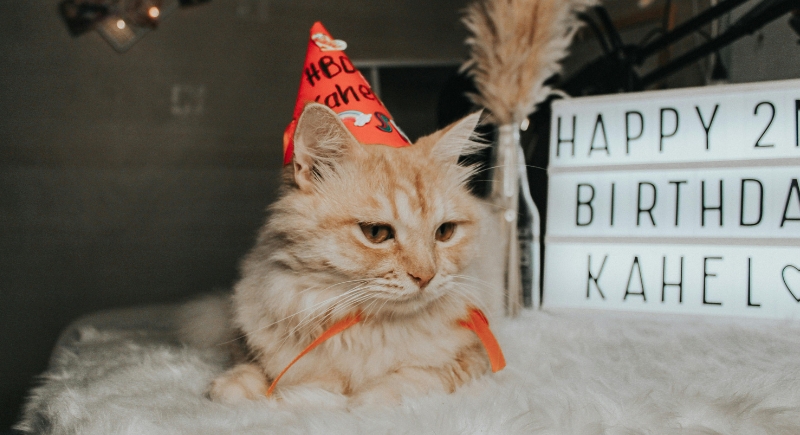
Credit: pexels
A one-year-old cat isn’t a teenager in human years it’s more like a young adult. That first year equals around 15 human years, and by two, they’re already about 24. From then on, they age roughly four human years for every actual year they live.
Kitten Growth Happens Fast
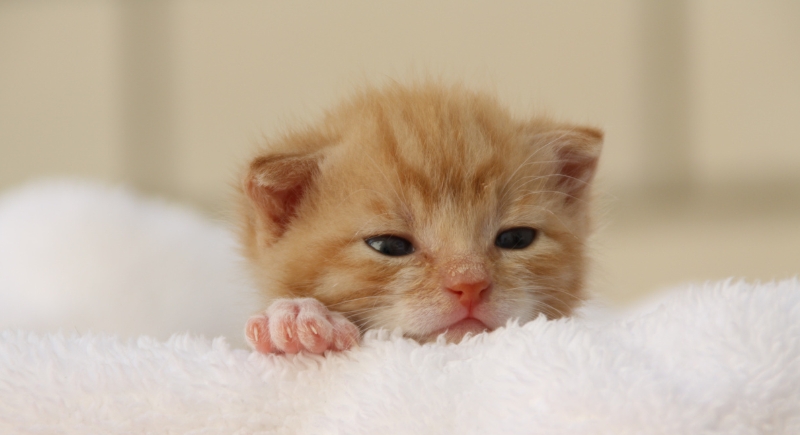
Credit: pixabay
In just six months, a kitten matures from the baby stage to something like a 10-year-old child. They grow quickly, develop social behaviors, and become more coordinated. This short window is key for laying down habits, bonding with humans, and starting preventative care like vaccinations and parasite protection.
Super Senior Cats Need Special Support

Credit: Getty Images
At 15 and older, cats are in their “super senior” years, roughly equal to a person in their 80s or 90s. They may nap more, move slower, or need help reaching favorite spots. Simple adjustments like soft bedding, ramps, and heating pads can make a huge difference.
Why the “Times Seven” Rule Is Wrong
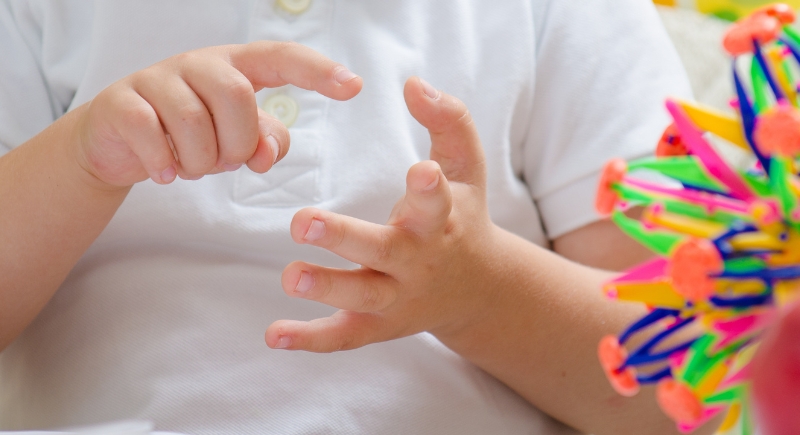
Credit: Getty Images
People used to multiply a cat’s age by seven to guess their human age. That method is outdated and misleading. It ignores how rapidly cats develop early on, and it can lead to underestimating their needs as they get older.
Mature Cats Aren’t “Old” Yet
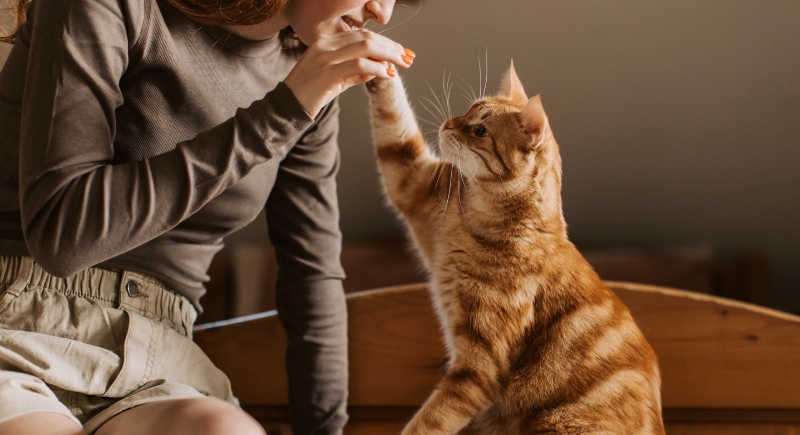
Credit: corelens
When cats reach seven, they’re considered mature, but they’re not elderly. They might slow down slightly or nap a bit more, but they can still be playful and active. It’s a good time to start watching for subtle shifts in behavior, appetite, or grooming habits.
Prime Adulthood in Cats

Credit: Getty Images
Ages three through six are a cat’s most stable years. They’re often healthy, settled, and less prone to the unpredictability of kittenhood. Most have finished growing and are at their strongest physically. Routine vet care and attention to dental health can help keep things smooth during this stage.
Senior Cats Can Still Thrive
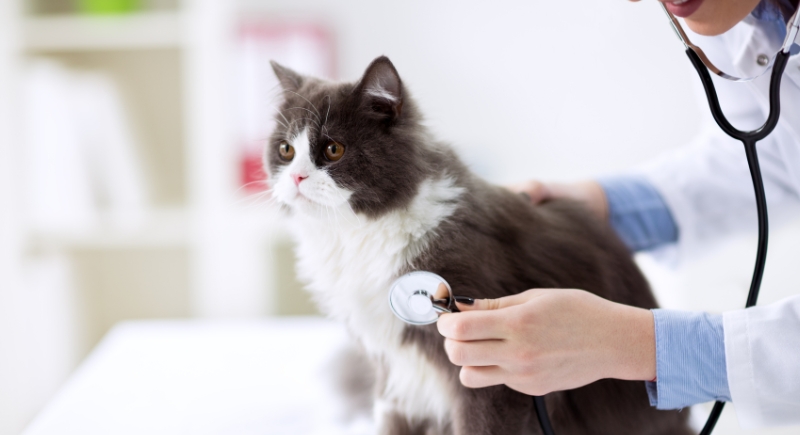
Credit: Getty Images
Between 11 and 14, cats enter their senior years. Many stay active and happy, but this is when issues like arthritis, kidney disease, and thyroid trouble become more common. Regular checkups and bloodwork help spot problems early, and small changes at home can make daily life more comfortable.
Cognitive Changes Might Sneak In
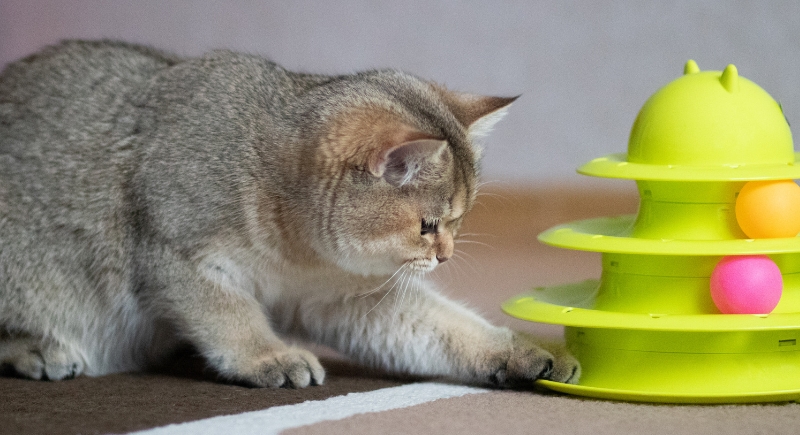
Credit: Canva
Some older cats experience memory problems, sleep disruptions, or get lost in familiar places. These signs often point to feline cognitive dysfunction. Creating a calm, predictable routine and enriching their environment with toys or puzzles can keep them mentally sharp and help them stay engaged.
Vision and Hearing Often Fade
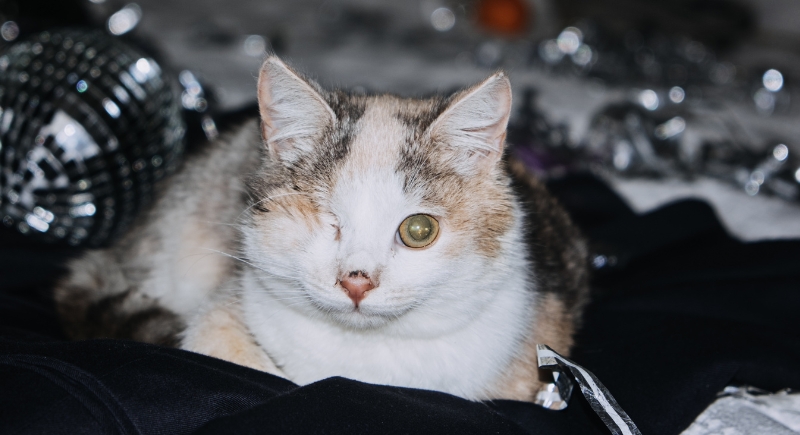
Credit: Canva
It’s not uncommon for older cats to lose some of their sight or hearing. They may seem startled more easily or stop responding to familiar sounds. Keeping their environment consistent and avoiding sudden changes in furniture placement can help them feel more confident and secure.
Weight Changes Aren’t Always Normal
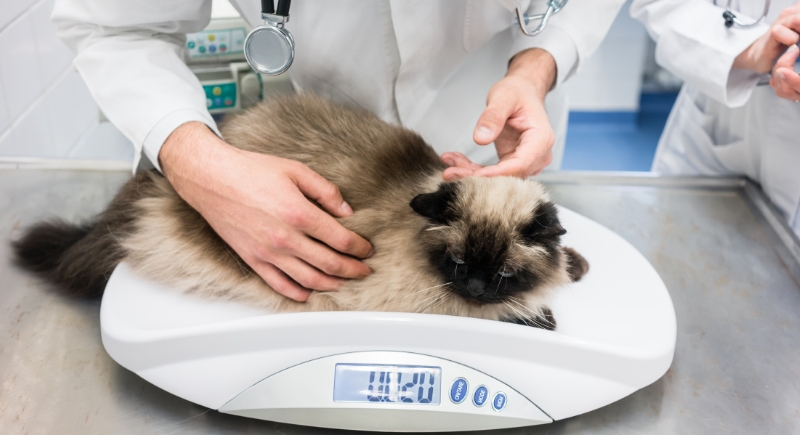
Credit: Canva
Noticing your cat getting thinner or heavier with age? That’s not something to ignore. Unexplained changes in weight can be early clues to issues like diabetes, hyperthyroidism, or kidney disease. It’s a good idea to monitor their body condition regularly and talk to a vet if anything feels off.
Dental Health Tells a Story

Credit: pixelshot
Cats can suffer from gum disease, broken teeth, or painful infections, especially as they age. Bad breath and reduced appetite are red flags. A regular dental routine, including vet cleanings or safe chew treats, helps protect their health and comfort in their later years.
Older Cats Need Vet Visits More Often

Credit: Canva
Aging cats should see the vet at least twice a year. These visits often include lab tests to catch hidden problems early. Even if your cat seems fine, changes in their organs or hormones can go unnoticed without proper screening, so don’t wait for symptoms to appear.
Energy Levels Often Drop Gently
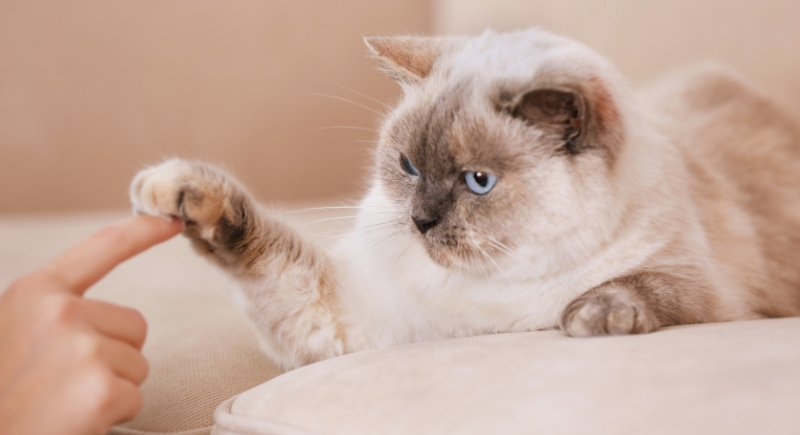
Credit: pixelshot
Older cats usually don’t bounce off the walls like they used to. That said, they shouldn’t become lethargic or withdrawn either. If your cat loses interest in play or stops exploring, discomfort or illness might be at play.
Behavior Can Be a Health Clue
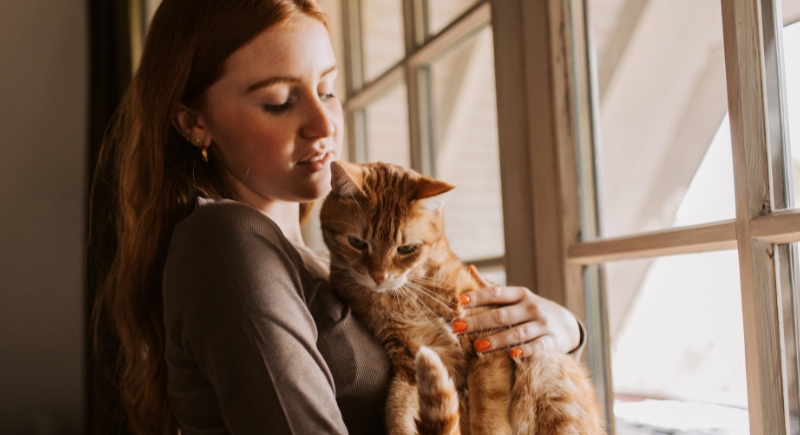
Credit: corelens
Some age-related illnesses first show up as mood changes. Increased clinginess, sudden aggression, or more vocalization can be signs of pain or disorientation. Paying attention to these shifts helps catch problems early, even before physical symptoms show up.
Helping Them Stay Mobile
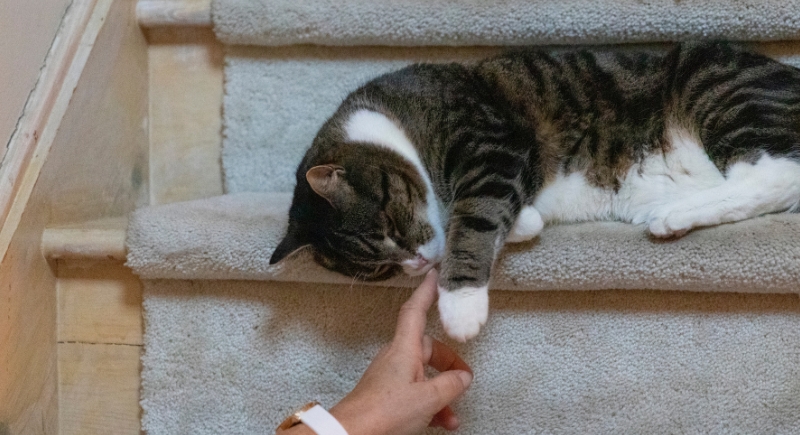
Credit: Getty Images
As cats age, joints stiffen and movements become less fluid. If you notice hesitation with stairs or jumping, they may be uncomfortable. Adding soft mats, ramps, or heated spots around the house can ease that strain and help them stay independent longer.